For many people, the idea of eating healthy on a budget may seem like a contradiction. There’s a common perception that healthy foods are more expensive than their less nutritious counterparts. However, with some strategic planning and wise choices, it’s entirely possible to maintain a healthy diet without straining your finances. This guide will offer tips and strategies that align with a healthy eating guide, all while keeping your budget in mind.
The Reality of Eating Healthy on a Budget
Contrary to popular belief, eating healthy on a budget doesn’t mean you have to sacrifice taste or satisfaction. It’s about making informed decisions, planning ahead, and choosing nutrient-dense foods that provide the most nutritional bang for your buck.
Healthy Budget Friendly Tips
1. Plan Your Meals
Having a weekly meal plan can help you avoid impulse purchases and unnecessary food waste. You can base your plan on what’s currently in your pantry, what’s on sale, or what’s in season. Proper meal prep can save time, reduce stress, and ensure you have healthy meals ready when hunger strikes.
2. Shop Seasonal Produce
Fruits and vegetables that are in season are typically cheaper and fresher. They’re also often at their peak in both taste and nutrition. If fresh produce is still beyond your budget, consider frozen fruits and vegetables, which are just as nutritious and often more affordable.
3. Buy in Bulk
Purchasing food in bulk, particularly non-perishable items such as grains, legumes, and canned goods, can be more economical. Remember, however, to only buy what you’ll use to avoid waste.
4. Cook at Home
Eating out or getting takeout can be convenient, but it’s usually more expensive and less healthy than home-cooked meals. With a little meal prep, you can have nutritious and delicious meals ready to go at a fraction of the cost.
5. Choose Whole Foods
Whole foods, such as fruits, vegetables, whole grains, and lean proteins, are usually less expensive and more nutritious than processed foods. For example, a bag of brown rice offers many servings and is a versatile base for many meals, making it a smart choice when eating healthy on a budget.
6. Drink Water
Instead of spending money on sugary drinks like soda or juice, opt for water. It’s not only essential for our health but also free.
In conclusion, while it may require a bit of planning and savvy shopping, eating healthy on a budget is absolutely achievable. By following a healthy eating guide, planning your meals, shopping wisely, and choosing nutrient-dense foods, you can maintain a healthy diet that doesn’t break the bank. So, next time you go grocery shopping, keep these tips in mind, and start your journey to affordable, healthy eating.


